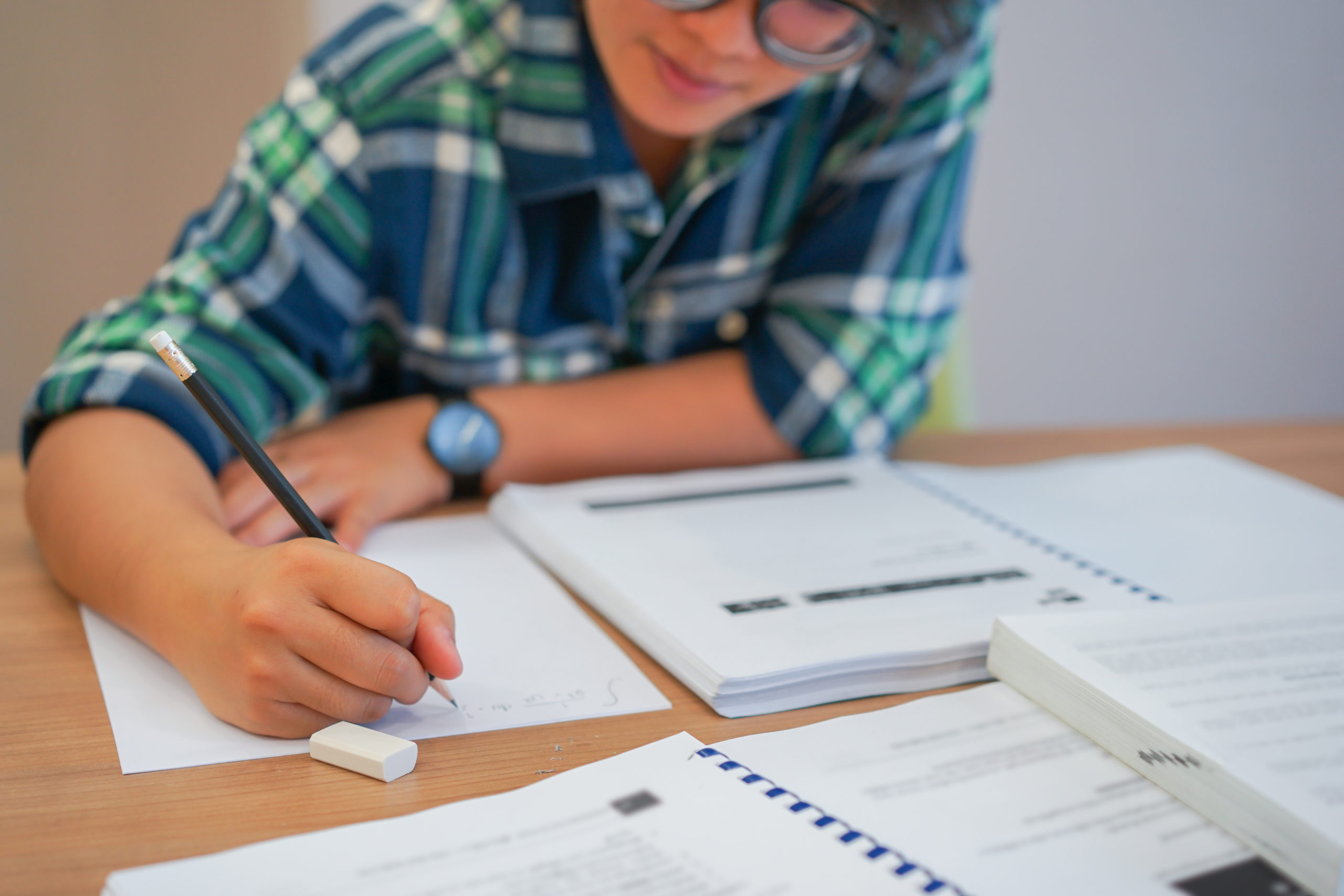Gov. Tim Walz announced plans today to have middle and high school students return to their school buildings as soon as Monday.
Starting Monday, any middle or high school in the state may choose to implement a hybrid or in-person learning model if they can implement the health and safety mitigation strategies outlined in the updated Safe Learning Plan. Download the Safe Learning Plan.
Schools will now rely on school-level COVID-19 transmission data and staff capacities when making the decision to transition learning models.
Minnesota made this change now that there is onsite school testing, community testing for students 12-25 and vaccines for E-12 schools. State officials have prioritized educators for vaccinations. As of Wednesday, officials reported that about 25 percent of school staff have been vaccinated in Minnesota, and another 18,000 doses will be earmarked for educators next week.
“It’s time to get our students back in school, and we can do that now safely,” Walz said.
The state’s announcement also follows the release of new recommendations from the U.S. Centers for Disease Control for schools.
School districts still must offer distance learning options even if they are in-person or hybrid.
Other Key Takeaways
- No more rolling start: Rolling start is no longer required for any grade levels to transition into hybrid or in-person learning models.
- Follow your current plan: If a district is in hybrid or in-person or has announced going into hybrid or in-person by Feb. 19, the district may follow its plan.
- Lunchroom setting: Districts must have daily documentation of lunchroom seating for middle school and high school. During lunch seating 6 feet of distancing is recommended. When that is not possible, districts must create as much space as possible between students. Cohorting in smaller groups of students are recommended.
- Six feet for teens: High School and middle school students must maintain six feet of physical distance from one another throughout the school day whenever feasible. When it is not feasible a minimum of three feet physical distancing is required.
- Less social distancing: When county-level data indicates full in-person learning for all students, schools will not be required to require physical distancing between high school and middle school students in classroom setting.
- Three feet for younger students: For early learning and elementary students, 3 feet of distancing or more between students is strongly recommended. It is recommended that young students remain in small groups that do not mix with other groups throughout the school day.
Walz said he expects all Minnesota schools to offer at least some in-person learning by March 8, in line with the vaccination schedule.
View updated Safe Learning Plan.





